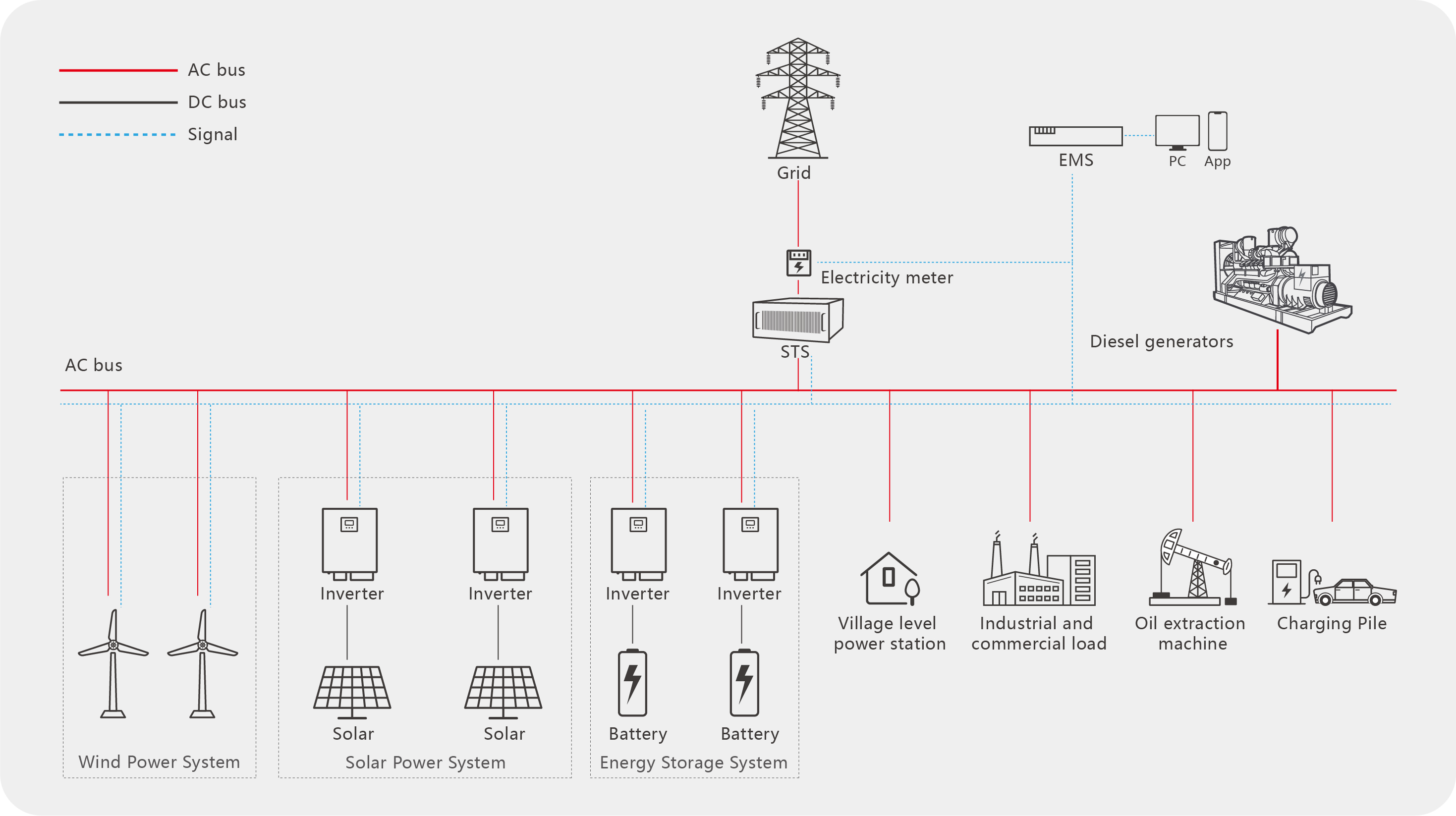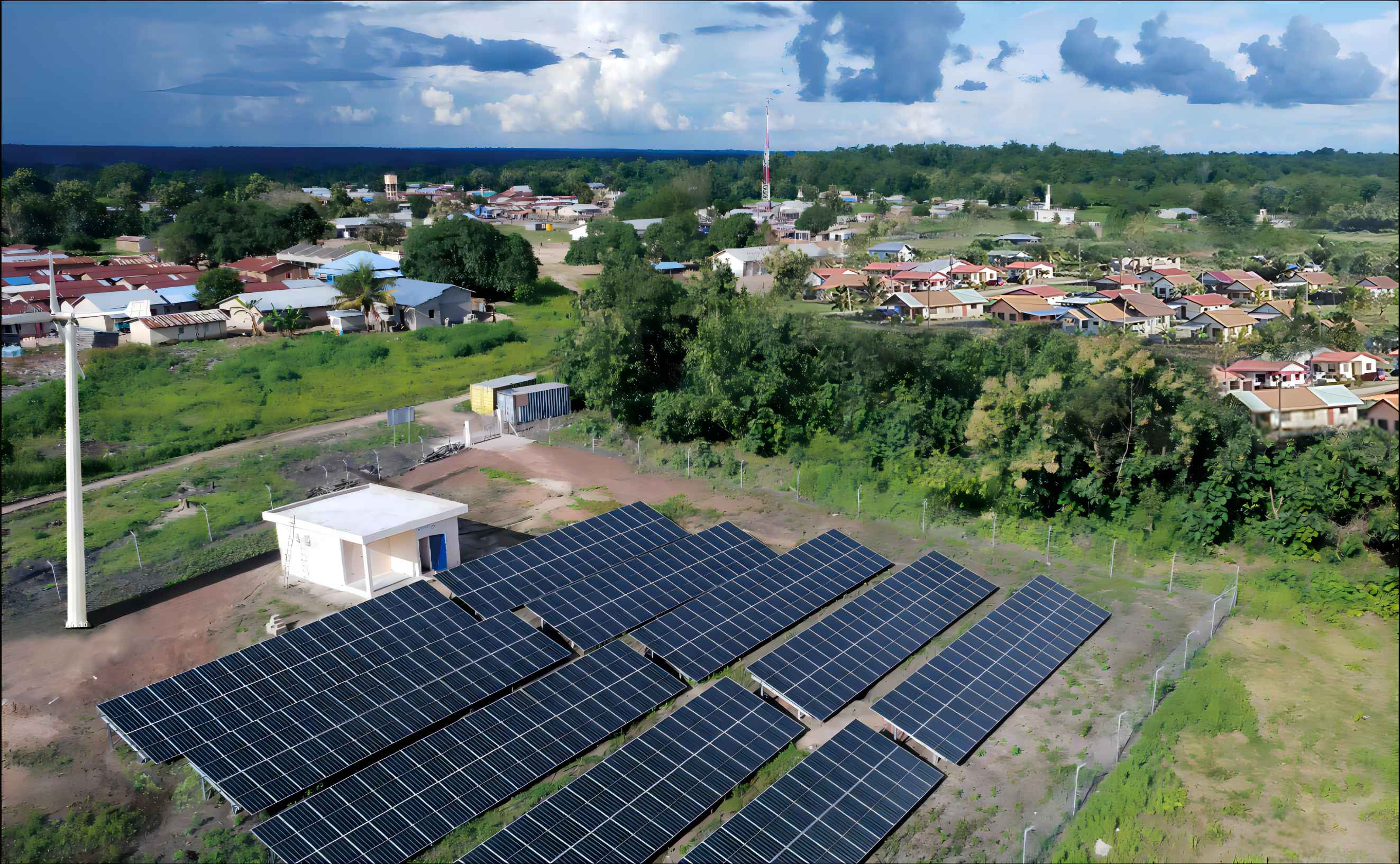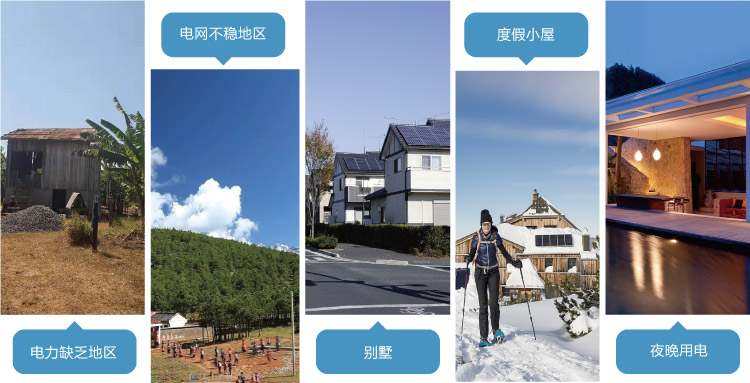 マイクログリッドのコア技術
マイクログリッドのコア技術
Sep 09, 2024
のキーテクノロジー スマートマイクログリッド 主に以下のようなものが挙げられます。(I) 再生可能エネルギー発電技術現在、スマート マイクログリッドは主にさまざまな再生可能エネルギー源に基づいており、電力入力は主に太陽光発電、風力発電、水素エネルギー、天然ガス、バイオガス、その他の成熟した発電技術です。(I) エネルギー貯蔵の主要技術エネルギー貯蔵はマイクログリッドに不可欠な部分です。マイクログリッドの山の削りと谷の埋めに役割を果たし、断続的なエネルギーの利用効率を大幅に向上させます。科学技術の継続的な発展に伴い、現在のエネルギー貯蔵には主にバッテリーエネルギー貯蔵、フライホイールエネルギー貯蔵、超電導磁気エネルギー貯蔵、スーパーキャパシタエネルギー貯蔵が含まれます。より成熟したエネルギー貯蔵技術は鉛蓄電池ですが、寿命が短く、深刻な鉛汚染という問題があります。将来的には、高エネルギー貯蔵、低コスト、高品質性能のグラフェン電池の市場化がエネルギー貯蔵業界に春をもたらすでしょう。現在のエネルギー貯蔵技術の開発コストは比較的高額です。世界各国がこの技術に取り組んでいますが、共通の目標は「低コスト+高エネルギー貯蔵」の実現です。(Ⅱ)スマートマイクログリッドエネルギー最適化配電技術従来の電力網配電システムとは異なり、スマートマイクログリッド配電システムは水平型マルチエネルギー補完最適化配電技術に属し、異なるエネルギー源の直接的な補完代替性を十分に探索して利用することができ、熱の出力を実現するだけでなく、 、電気と寒さだけでなく、光/電気、熱/寒、風/電気、直流/交流のエネルギー交換も実現します。電源-貯蔵-負荷リンクにおけるさまざまなエネルギー源の階層化により、秩序あるカスケード最適化配電が実現され、最高のエネルギー利用効率が達成されます。(III) スマートマイクログリッド保護および制御技術スマート マイクログリッドには複数の電源と複数の負荷があります。負荷の変化と電源の変動は、エネルギー貯蔵システムまたは外部電力網によって調整および制御される必要があります。これらの電源の調整、切り替え、制御は、マイクログリッド制御センターによって完了します。マイクログリッド制御センターは、各新エネルギー生成システム、エネルギー貯蔵システム、負荷の電力パラメータ、スイッチ状態、電力品質、エネルギーパラメータを監視することに加えて、エネルギーを節約し、電力品質を向上させる必要もあります。
続きを読む
 村のマイクログリッドエネルギー貯蔵システム
村のマイクログリッドエネルギー貯蔵システム
 太陽光発電とマルチシーン融合型太陽光発電システム
太陽光発電とマルチシーン融合型太陽光発電システム
 マイクログリッドのコア技術
マイクログリッドのコア技術